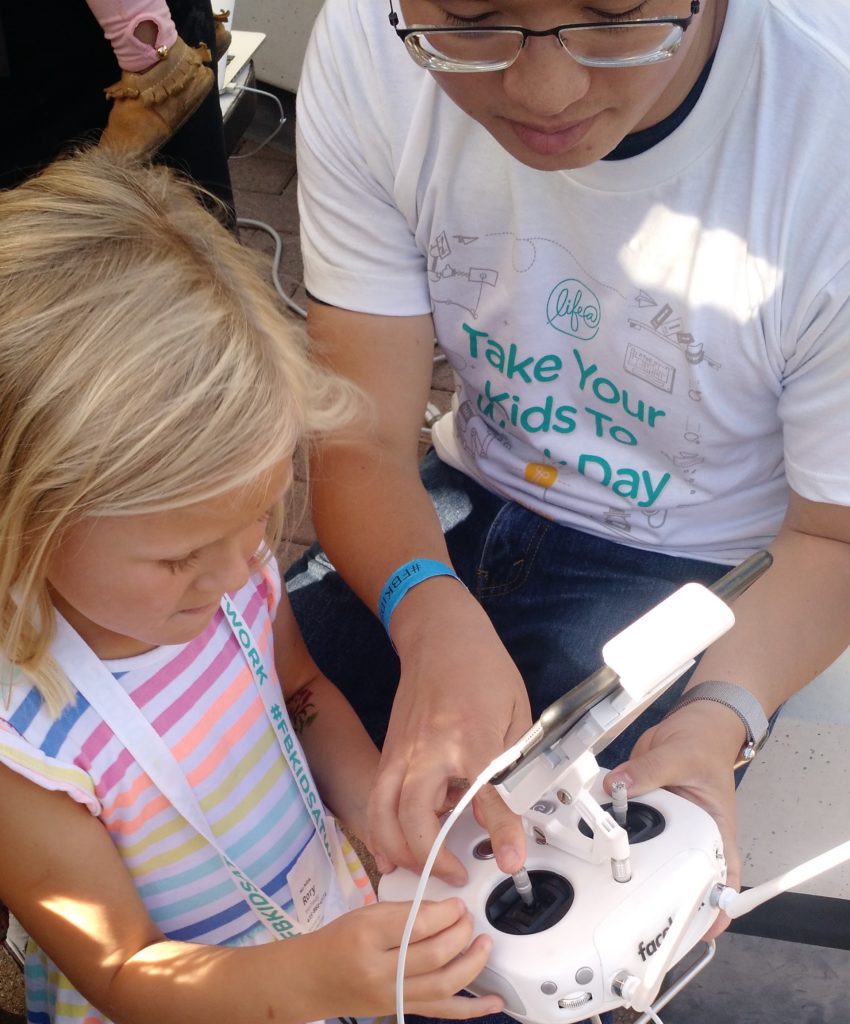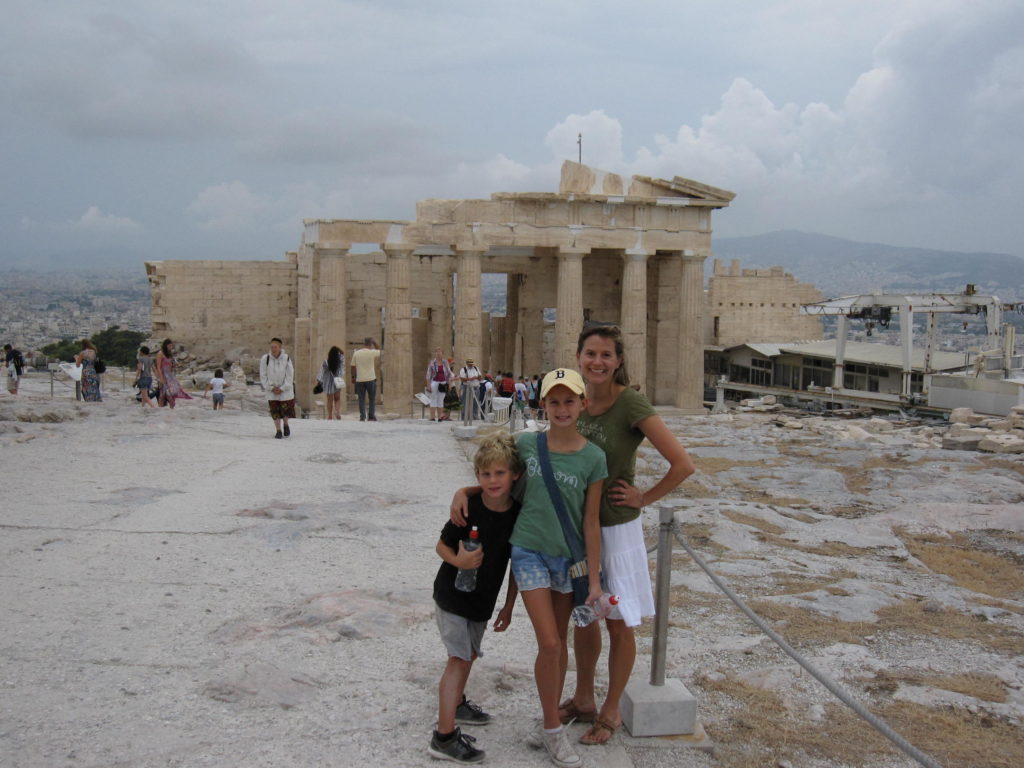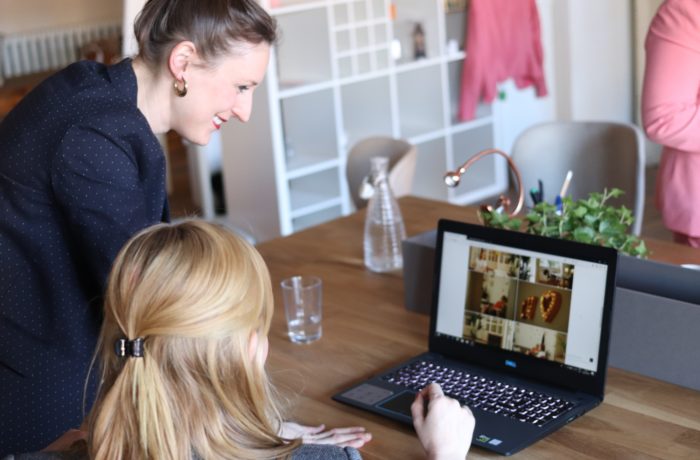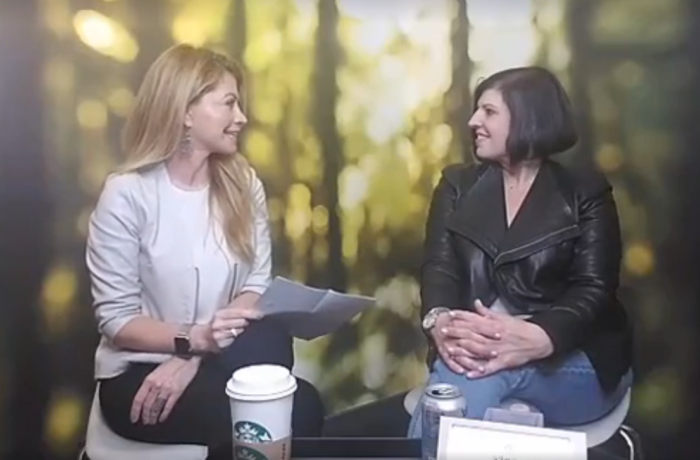While reading a great opinion piece in Sunday’s New York Times, “Take Your Baby to Work,” I was struck by the paragraph about how the author, the CEO of a software company who brought her infant to work with her for over four months, was embarrassed one day when her baby cried at the office.
The company’s head of technology offered to hold the baby:
“Everyone turned to watch, because Ben is reserved and hadn’t held her before. When he lifted her into the air, Uma immediately broke into a grin. The engineers started singing “Circle of Life” — that song from “The Lion King” when Baby Simba is presented to the other animals. Ben chuckled.”
The author lays out how actually doable it really was to baby carry the infant until she became too mobile, and noted in the piece, “Uma seemed to help everyone forget their own agendas and insecurities and form deeper connections.”
Although mentioned as a fun moment with her team, the concept of work and family, and work and children really is a part of the circle of life. We work to live, and we live to be with our families and also to work. And while the two so often seem to exist in parallel — you’re either at home or at work — they are also inextricably intertwined.
When my husband leaves early for work or returns home after dinner, our children always ask, “Where’s Daddy?” While they’re just six years old and four years old, when I answer, “He’s at work,” the fact that they’ve attended the “take your kids to work day” at his company is very comforting for them — they can picture where he is if not what he’s doing. It’s also very fun for them — last year they flew a drone.
Each year, companies have an opportunity participate in the official Take Our Daughters and Sons to Work Day (TODASTW) when kids can get a real-life glimpse into where their parents likely spend a lot of time. Originally the day — this year on April 27 — was created by Gloria Steinem as a project of the Ms. Foundation for girls to gain exposure to career opportunities without gender limits and to build self-esteem.
The movement now includes boys and is in its 24th year of inspiring the next generation. The TODASTW organization that promotes the day and provides tools for companies to start their own program says over 40 million children and adults participate each year across 3.5 million companies.
The benefits of seeing a parent at work or seeing the physical workplace itself is likely different for different kids and families. For older children it may provide exposure to something they know little about. When I was a journalist at MarketWatch we would show children how a “green screen” worked and give them the opportunity to “report” the news.
Après’ social media and marketing strategist, Brittney Jackson Moseley remembers attending these days as a child with her dad when he was an engineer at General Motors in Detroit.
“One of my favorite activities they had was the “Model Car Grand Prix,” where I worked with my dad to design a car out of wood that we then raced against the other father /daughter duos. My dad told me what he did as an engineer and how he could help us win by making the car more aerodynamic, meaning I couldn’t glob on the purple paint and glitter, or pick the larger car model,” she said.
And while she did not pursue engineering, she believes these opportunities influenced her career today.
“We did win one year and I loved the strategy in it all. He taught me that I could use my creativity and competitive streak to help companies reach their business goals. Now as a marketing strategist, it’s funny to think how that small, annual event has influenced my career so much.”
While the ability to see where a parent works or what she or he does may not mean a child follows in their footsteps, it is potentially a new way to understand or connect. At some point it can also be a way to envision what the future could look like as a young person from a work perspective, and a way to visualize how food and housing are paid for — with jobs, where we spend so much of our time.
The idea of blending work and life can be very powerful and of course is being embraced by the nearly 54 million freelance workers in the United States who can work from anywhere. At Patagonia they’ve found having onsite childcare is a valuable tool in retaining talent — particularly moms.
Kendall Cotton Bronk, an associate professor of psychology at the Claremont Graduate University, embraced the concept early on when she began traveling with her children when her daughter was six months old because her husband’s heart transplant made it imperative for her to work and be available to her children. She’s taken both of her children around the world with her, most recently to Greece for six months as a Fulbright fellow, blending work and life very seamlessly.
Bronk, who studies the positive development and moral growth of young people and told Après,”What I learn from my children, directs how I conduct my research at work, and what I learn at work, helps me be a better parent at home.”
And while for some the idea of bringing children to work may seem exhausting, I’d encourage you to consider letting your children in on your work a little more, or implementing the TODASTW program formally or informally at your own company.
We’ve built this system where work and children are so separate and maybe it doesn’t have to be — maybe loosening some of those boundaries would be helpful in pushing more companies to be more flexible and to keeping more women in the workforce as they have children.
Sometimes having young people around brings fresh perspective.







